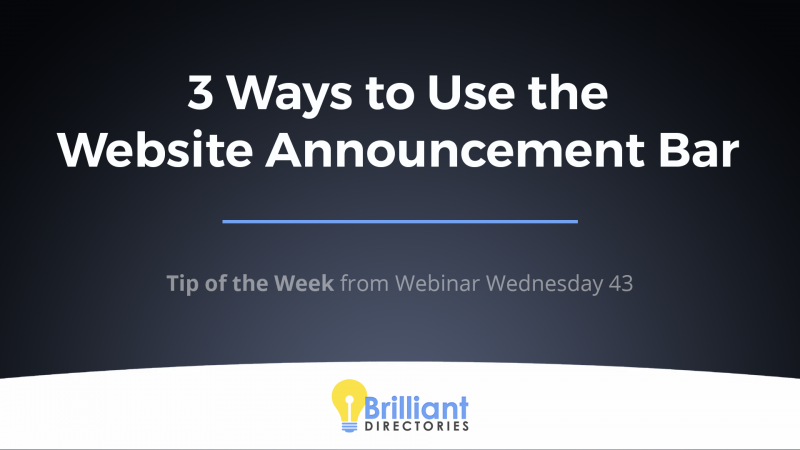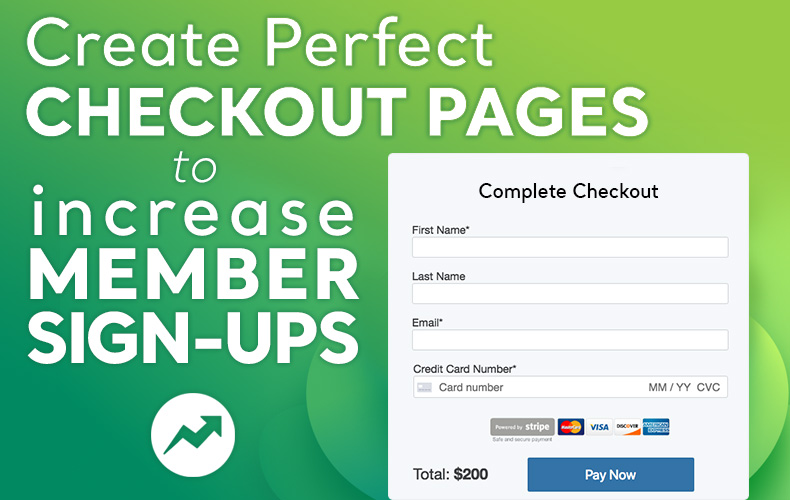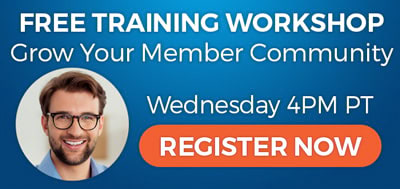![[SALES] Respond to Common Sign-Up Objections with Killer Rebuttals](https://www.brilliantdirectories.com/wp-content/uploads/2021/04/respond-to-common-sign-up-objections-with-killer-rebuttals-Thumb.jpg?hero-image)
This Tip of the Week covers topics including:
- 0:47 – What is Objection Handling?
- 2:07 – Why Objection Handling Is Important
- 2:45 – What to Do When You Get Resistance
- 4:27 – The LAER Method (Listen, Acknowledge, Explore, Respond)
- 7:35 – 5 Common Objections
- 8:03 – 1) It’s too expensive. Why should I Pay?
- 8:53 – 2) I’m already part of another, similar website.
- 10:43 – 3) I don’t understand how you can help me.
- 11:26 – 4) Your website/company looks too new.
- 12:15 – 5) What will happen after I sign up?
This is a segment from Webinar Wednesday 112, recorded live on April 21, 2021.

 AI-Generated Transcript – Please excuse any inaccuracies
AI-Generated Transcript – Please excuse any inaccuracies
What is Objection Handling? (00:00:47)
- Objection handling is a process that involves distinguishing between objections and casual brush-offs, where an objection is a concern that can be addressed to help a prospective member sign up for a membership, (00:00:47)
- An example of an objection is when a prospective member expresses uncertainty about joining a website or community due to a specific reason, and this concern can be addressed to help them move forward with signing up, (00:00:56)
- A brush-off, on the other hand, is when someone explicitly states that they are not interested in a membership, and it is not worth spending too much time trying to convince them, (00:01:21)
- The primary goal of objection handling is to alleviate the concerns of prospective members who are interested in a membership but have obstacles preventing them from signing up, (00:01:57)
- By addressing the concerns of interested prospective members, the goal is to facilitate them becoming a member and signing up on the website, (00:02:01)
Why Objection Handling Is Important (00:02:07)
- Objection handling is important and it is crucial to recognize that the longer a prospect holds an opinion, the more it solidifies and becomes stronger (00:02:07).
- Prospects often have pre-existing opinions or concerns before signing up, and it is essential to welcome these objections and view them as opportunities to address and alleviate concerns (00:02:08).
- Addressing concerns and alleviating objections helps make the transition into membership easier, which is why it is vital to handle objections effectively (00:02:10).
- By acknowledging and addressing objections, it is possible to help prospects overcome their concerns and become members, making the sign-up process more efficient (00:02:11).
- The process of objection handling involves recognizing the prospect’s opinion, addressing their concerns, and alleviating any doubts they might have, ultimately leading to a smoother transition into membership (00:02:14).
- Effective objection handling requires a proactive approach, where concerns are welcomed and addressed in a timely manner to prevent them from becoming major obstacles (00:02:15).
- The goal of objection handling is to make the sign-up process as easy as possible for prospects by providing them with the necessary information and support to overcome their objections and become members (00:02:26).
- By adopting a welcoming and supportive approach to objection handling, it is possible to increase the chances of prospects becoming members and reduce the likelihood of them abandoning the sign-up process (00:02:29).
- Objection handling is an opportunity to build trust and establish a positive relationship with prospects, which can have long-term benefits for membership growth and retention (00:02:32).
- Ultimately, effective objection handling is critical to boosting website sign-ups and increasing membership numbers, as it helps to address concerns, alleviate doubts, and make the sign-up process more efficient (00:02:34).
What to Do When You Get Resistance (00:02:45)
- When dealing with objections from prospective members, it is essential to keep cool and welcome their concerns, as they are not totally blowing off the offer, but rather voicing their concerns, and this is an opportunity to answer their questions and help them become a member (00:02:46).
- It is crucial to stay confident, maintain a positive attitude, and not get emotional, angry, or impatient, while really listening to the prospects’ concerns and understanding specifically what they are saying, so that their concerns can be addressed and they can be helped to realize why the offering might benefit them (00:02:57).
- Standing behind the offering and understanding what it is and how the membership community can benefit prospective members is vital, even if the reasons are not apparent to the prospects, as this understanding can help convey the messaging to them (00:03:12).
- Thanking the prospective members for mentioning their concerns and voicing their opinion is important, as it gives an opportunity to address their concerns and show appreciation for their feedback, which is a basic but crucial step in the process (00:04:05).
The LAER Method (Listen, Acknowledge, Explore, Respond) (00:04:27)
- The LAER method is a technical element that breaks down the process of handling objections or concerns from prospective members into four steps: listen, acknowledge, explore, and respond, which was developed by Crew International, a corporate sales training firm (00:04:35).
- The primary goal of the LAER method is to establish a trustworthy relationship with prospective members by addressing their concerns and showing that there are real people behind the website and community, which is crucial for maintaining members in the community (00:04:57).
- The first step, “listen”, involves distinguishing between listening and hearing, and showing that you care about what the prospect is saying, which leads to acknowledgement, where a sincere acknowledgement shows the prospect that they are being heard and understood (00:05:39).
- The “acknowledge” step is followed by “explore”, where follow-up questions are asked to flush out all the concerns and ensure a complete understanding of the prospect’s concerns, allowing for a better response or rebuttal (00:06:03).
- The final step, “respond”, involves providing a recommendation, alternative, or solution that addresses the prospect’s concerns, which can help convince them to sign up to the website, and this method can also be applied to personal relationships and conflicts (00:06:28).
- The LAER method is not only useful for business but also for personal relationships, as it provides a framework for effective communication and conflict resolution, and its four steps make sense in any situation where there is resistance or conflict (00:07:04).
5 Common Objections (00:07:35)
- Common objections for membership websites and communities, such as brilliant directories, will be covered, with over 10 years of experience and feedback from users and members (00:07:37).
- The discussion is based on questions and concerns from a lot of users and members who are looking to sign up to membership sites, with similarities in concerns across different target industries and demographics (00:07:44).
- The concerns and questions from members and users have been collected over a period of more than 10 years, providing valuable insights into common objections (00:07:45).
- Brilliant directories have been around for over 10 years, gathering information and hearing questions from a large number of users and members (00:07:49).
- The common objections are relevant regardless of the target industry or demographic being targeted, with many similarities in the concerns and questions raised (00:08:01).
1) It’s too expensive. Why should I Pay? (00:08:03)
- The primary objection to signing up for a membership is that the offering is too expensive, prompting the question of why someone should pay for it (00:08:03).
- To address this objection, it is essential to understand the offering and focus on explaining the value it brings to prospective members, rather than solely focusing on the price (00:08:11).
- The conversation should be shifted from being strictly transactional to emphasizing the return on investment that members can expect to gain from the membership (00:08:23).
- Comparisons can be made with other similar websites to highlight what prospective members might be missing out on, and to demonstrate the unique benefits of the membership (00:08:34).
- Instead of making the discussion solely about price, it is crucial to appeal to prospective members on an emotional level and convince them of the worth of joining the website in other ways (00:08:43).
2) I’m already part of another, similar website. (00:08:53)
- The second common objection to signing up for a website is that the person is already part of another, similar website and does not need a membership on the new website, as the other one is working out fine (00:08:53).
- To address this objection, it is essential to explain what sets the new website apart from the other websites, including its unique features and mission, to make it distinct from competitors (00:09:04).
- When designing and building a membership offering, it is crucial not to offer exactly the same thing as competitors, as this may lead to prospects choosing the competitor’s website, especially if it has been around longer or has similar prices (00:09:17).
- Understanding the needs and concerns of the target audience and addressing them in a unique way, possibly at a lower price, can help make the new website stand out from its competitors (00:09:38).
- The mission and ultimate goal of the community can be a key differentiator, even if the features are similar to those of other websites, as people can get behind a mission they believe in (00:10:02).
- Role-playing with friends and family to practice responding to common objections, including this one, can help prepare for real-life conversations and improve the chances of successfully addressing concerns and signing up new members (00:10:35).
3) I don’t understand how you can help me. (00:10:43)
- The third common sign-up objection is “I don’t understand how you can help me,” which is similar to the second objection and requires understanding how the membership offering can benefit the prospects (00:10:44).
- To address this objection, it’s essential to make an emotional connection with the prospect, rather than just listing the features and prices of the membership, as this approach is more convincing (00:11:00).
- Figuring out the prospect’s goals and explaining how the membership can help them achieve those goals is the best way to address this objection and convince them to sign up (00:11:12).
- Understanding the prospect’s needs and desires is crucial in making an emotional appeal to them, which is more effective than just listing the features and prices of the membership (00:11:18).
4) Your website/company looks too new. (00:11:26)
- A potential obstacle to signing up on a website is when the website appears too new, lacking substantial content or a significant number of members, which is a reasonable concern for users (00:11:26).
- To address this issue, it is essential to have a clear mission that users can support, and to make it a special opportunity for early birds and founding members, which can be achieved by offering incentives (00:11:40).
- Offering free memberships initially, and then closing them once a certain number of members have signed up, such as the first hundred members, can be an effective strategy to attract users (00:11:47).
- Providing unique benefits, like a special badge to display on their profile for the first 50 members, can make the offering enticing enough to counteract any hesitation users may have due to the website’s newness (00:11:54).
- By implementing these strategies, it is possible to mitigate the concerns users may have about the website’s lack of establishment and make the sign-up process more appealing (00:12:08).
5) What will happen after I sign up? (00:12:15)
- When someone is considering signing up for a membership website, they often want to know what will happen after they sign up, especially if they are paying for the service, and this concern can be addressed by eliminating the mystery and explaining the process over the phone, in an email, or through screenshots of a sample membership dashboard (00:12:17).
- Providing a simple screen recording that walks the user through the features and capabilities of their account once they are logged in can also help to alleviate concerns and build trust with potential members (00:12:56).
- It is essential to clearly explain what happens after someone joins, including what they can expect, such as receiving a welcome email with instructions on how to log into their account, and what features and benefits they will have access to as a member (00:13:33).
- Addressing the question of what happens after sign-up can help to eliminate doubts and fears, build trust, and start the relationship with the member on a good footing, which can encourage more sign-ups and reduce the need for direct communication (00:14:17).
- Including a frequently asked questions section on the membership plan page, which covers topics such as what is included in the plan and what sets the website apart, can help to address common objections and provide rebuttals to them, and this section should be concise, with around four to eight questions (00:14:46).
- By understanding what prospective members are looking for and addressing their concerns, website owners can better define their audience and create a more effective membership plan that meets their needs (00:15:42).

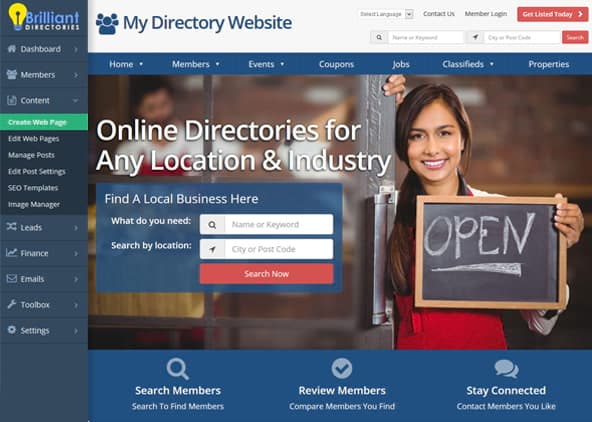
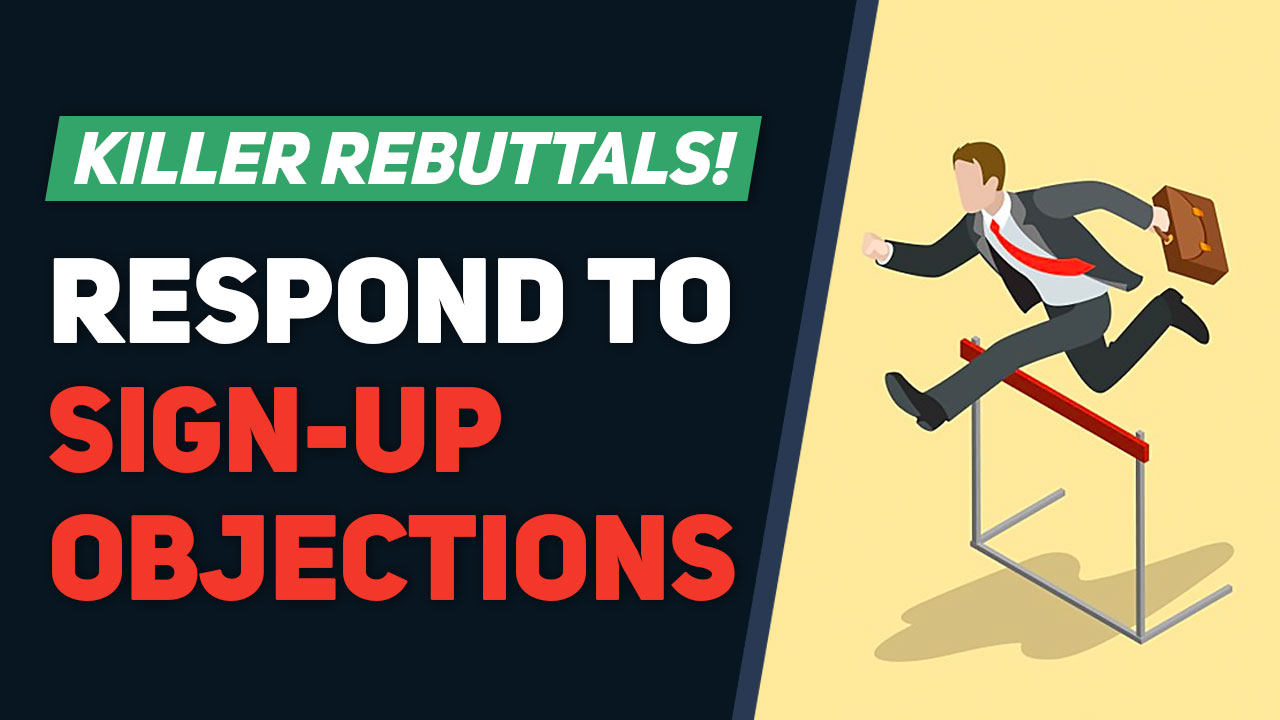
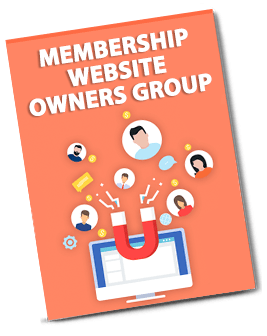

![[MUST WATCH] 5 Daily Tasks to Keep Your Membership Website Growing [MUST WATCH] 5 Daily Tasks to Keep Your Membership Website Growing](https://www.brilliantdirectories.com/wp-content/uploads/2020/08/5-daily-tasks-membership-website-owners-800x450.jpg)
